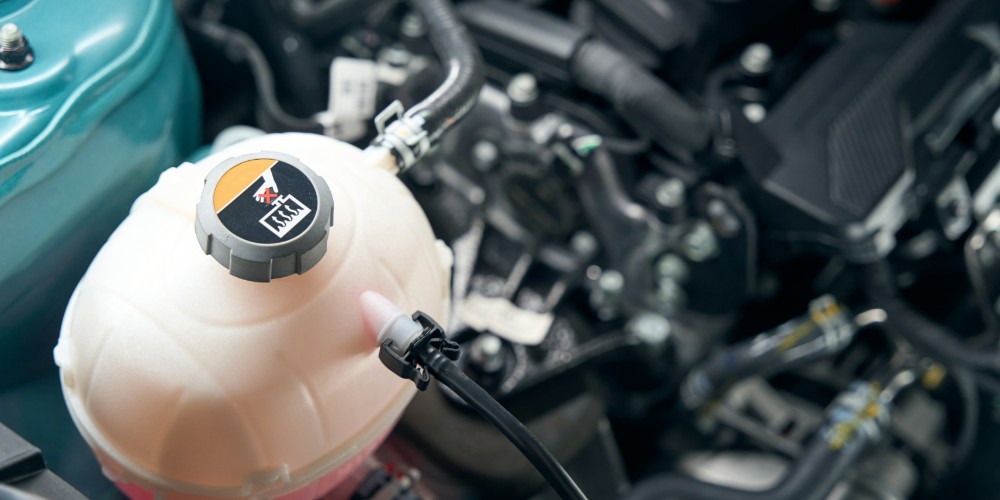Understanding car depreciation is crucial for making informed decisions about buying, selling, or leasing a vehicle. In this quick guide, we will explore the key aspects of car depreciation and provide useful tips to help you maximise your investment.
1. What is Car Depreciation?
Car depreciation is the reduction in value that occurs as soon as a vehicle is driven off the lot. It continues throughout the ownership period until the car reaches its salvage value. On average, new cars lose approximately 20% of their value within the first year and continue to depreciate at a rate of 15-25% per year thereafter.
2. Factors Affecting Car Depreciation
Several factors influence the rate of car depreciation:
a) Age: The age of a vehicle has a significant impact on its depreciation. Newer cars tend to depreciate at a faster rate in the initial years.
b) Mileage: The number of miles a car has been driven is another crucial factor. Higher mileage generally leads to higher depreciation, as it indicates increased wear and tear.
c) Condition: Cars in excellent condition with no significant mechanical or cosmetic issues tend to depreciate less than those with visible signs of wear.
d) Make and Model: Different car makes and models depreciate at varying rates. Some luxury brands, for example, experience steeper depreciation than more popular and reliable models.
e) Market Demand: Market demand for a particular make and model can impact its depreciation. Vehicles that are in high demand tend to retain their value better than those with lower demand.
3. Minimising Car Depreciation
While car depreciation is inevitable, there are strategies you can employ to minimise its impact:
a) Choose Wisely: Research and select a car that has a reputation for retaining value. Popular models from reliable manufacturers tend to depreciate at a slower rate.
b) Opt for Used Cars: Purchasing a used car that is a few years old can help you avoid the steep depreciation experienced in the initial years.
c) Take Care of Maintenance: Regular maintenance and timely repairs can help preserve the condition of your vehicle, reducing its depreciation rate.
d) Avoid Excessive Mileage: Limiting the number of miles you drive can help slow down the depreciation process. Carpooling, public transportation, or using alternative means for short trips can be beneficial.
e) Consider Resale Value: If you plan to sell your car in the future, opt for colours, features, and options that are popular among buyers, as these can help retain value. E.g. a Ferrari in Red.
4. Understanding Depreciation and Leasing
Car leasing involves paying for the depreciation of the vehicle over a specified period. When leasing, it’s essential to understand how depreciation affects your monthly payments. Leasing a car with a lower depreciation rate can result in lower monthly payments, making it a more affordable option.
Conclusion
Car depreciation is an integral part of car ownership, and understanding its dynamics can help you make informed decisions. By considering factors such as age, mileage, condition, make and model, and market demand, you can estimate the rate of depreciation for a particular vehicle. Employing strategies to minimise depreciation, such as choosing the right car, opting for used vehicles, maintaining it well, and considering resale value, can help you maximise your investment. Whether you are buying, selling, or leasing a car, keeping car depreciation in mind will contribute to a more financially savvy approach to vehicle ownership.





